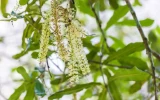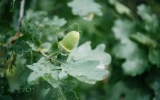Can You Grow Macadamia Trees in Victoria?
While macadamias are indigenous to northeastern Australia, they're adaptable and can grow in various Australian regions with the right conditions. In Victoria, the success in growing macadamias will hinge on selecting a suitable location that mimics their native habitat. In this article, we'll find out how can you grow macadamia trees in Victoria successfully.
Growing macadamia trees in Victoria is possible with the right conditions and care. They can adapt and thrive in Victoria’s climate, if they're situated in a spot with full sun, are sheltered from strong winds, and have a well-drained soil rich in organic matter to flourish.
In Victoria, you'll experience a range of climates, from temperate in the south to semi-arid in the northwest. However, macadamia trees thrive best in a subtropical climate with warm, frost-free conditions. As you go through this article, we'll find out how you can mimic this climate for your macadamias to grow well.
The key growing requirements outlined in this article may provide a helpful starting point for planning and developing a new macadamia orchard in Victoria from the ground up.
Summary
- Certain parts of Victoria have a temperature range of 25-30°C during the day and 15-20°C at night, which aligns with the temperature requirement of Macadamia trees.
- The requirement for well-draining, deep, fertile soil with good organic matter content is achievable in certain regions of Victoria, suggesting that Macadamia trees can be grown in those areas with suitable soil conditions.
- The need for full sun with some protection from intense afternoon sun can be accommodated in many parts of Victoria, making it feasible to grow Macadamia trees in the region under proper sunlight and shade conditions.
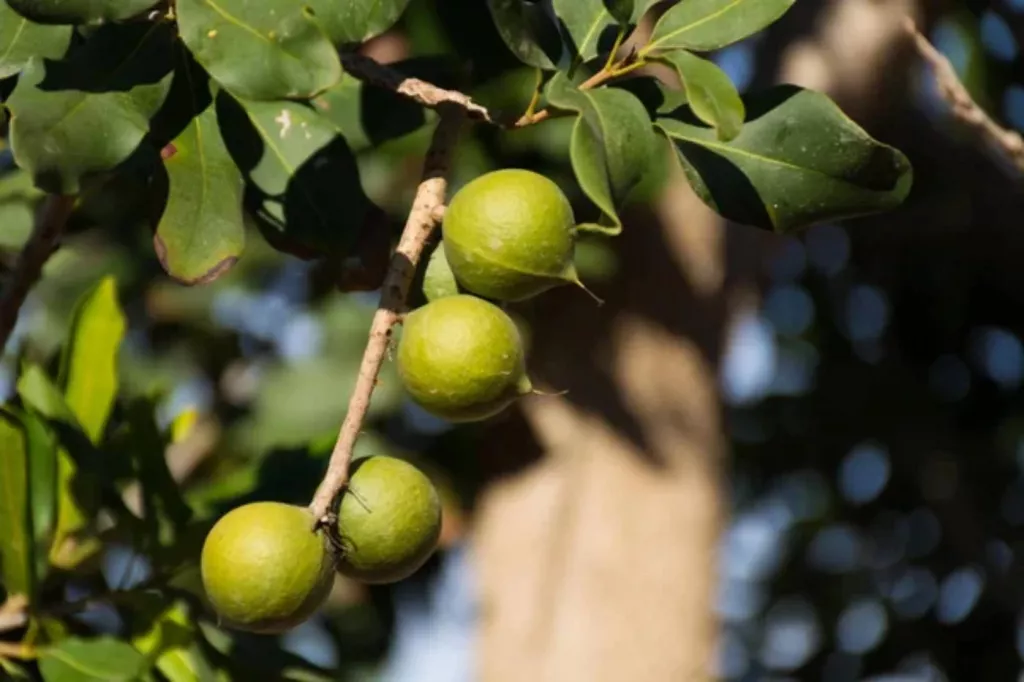
On this page:
You Can Grow Macadamia Trees in Victoria
If you're considering planting a macadamia tree in Victoria, you will need to ensure that they're situated in a spot with full sun and sheltered from strong winds. They will also need well-drained soil rich in organic matter, such as compost and manure, to flourish.
While Victoria isn't known for its tropical climate, with thoughtful placement and adequate frost protection, your macadamia trees can become a successful part of your garden landscape. The table below shows the basic requirements needed to grow macadamia trees in Victoria:
| Requirement to Grow Macadamia Trees in VIC | Details |
|---|---|
| Temperature range | 25-30°C during the day, 15-20°C at night |
| Soil requirement | Well-draining, deep, fertile soil with good organic matter content |
| pH Level | 5.5-6.5 |
| Sunlight and shade requirement | Full sun, with some protection from intense afternoon sun |
| Watering and irrigation | Deep, thorough watering at least once a week, more during dry periods; adjust based on weather and soil moisture levels |
| Pruning and maintenance | Annual pruning during late winter or early spring; regular maintenance throughout the year |
Temperature requirement for growing macadamia trees
One interesting fact about macadamia trees is that they are native to Australia. However, the temperature requirements for growing them in Victoria, Australia, can be quite specific.
Macadamias generally prefer a temperature range of 65-85°F (18-29°C) for optimal growth. However, they can tolerate slightly cooler temperatures, especially during the winter months.
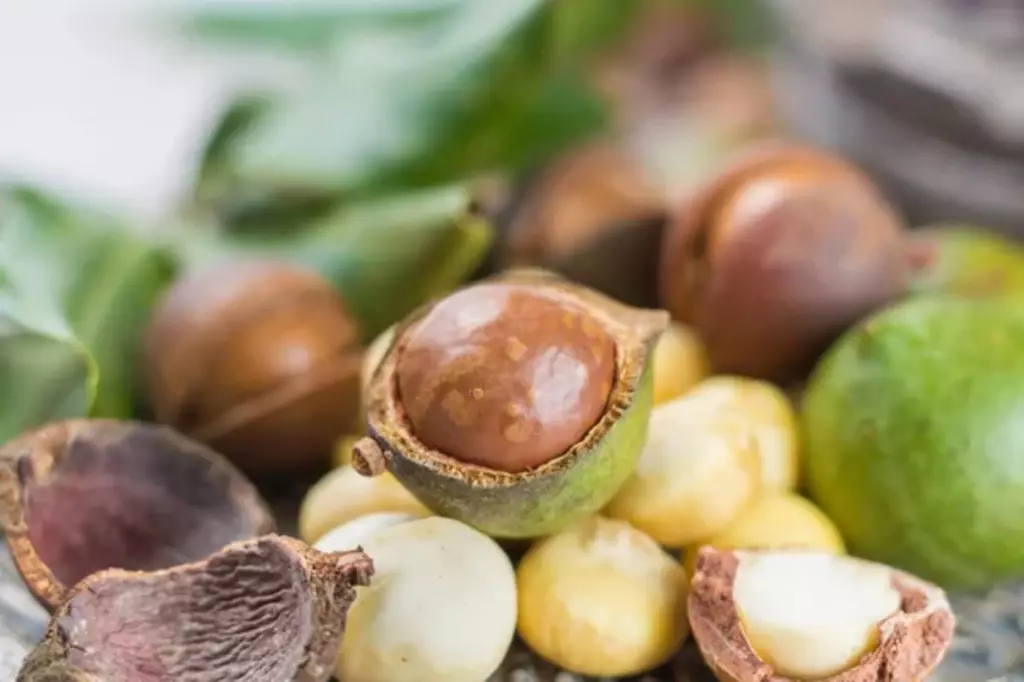
In Victoria, where the climate can be cooler, you will need to mimic the ideal temperature conditions for macadamia trees to ensure successful growth and fruit production. Here are some ways to achieve this:
1. Choose the right location
Select a planting site that receives maximum sunlight and is sheltered from strong winds. This can help create a microclimate that is slightly warmer than surrounding areas.
2. Use microclimate modification techniques
Employ techniques such as windbreaks, thermal mass (such as rocks or water bodies), and mulching to create a more favorable microclimate around the trees. These methods can help retain heat and protect the trees from extreme temperature fluctuations.
3. Consider greenhouse cultivation
In regions with cooler climates, greenhouse cultivation can provide an environment where temperature and humidity levels can be controlled to mimic the ideal conditions for macadamia trees. This allows for year-round cultivation and protection from temperature extremes.
4. Choose suitable varieties
Select macadamia tree varieties that are more tolerant of cooler temperatures. Some varieties are better suited to slightly cooler climates and can withstand lower temperatures without significant damage. One type of macadamia is Macadamia tetraphylla, which has a high tolerance in cooler conditions.
5. Monitor and protect from frost
Macadamias are sensitive to frost, especially in their early years. If you live in an area of Victoria that experiences frost, you'll need to offer your macadamia trees protection.
You will need to install frost protection measures such as frost cloth, heaters, or sprinkler systems to protect the trees during periods of frost or extreme cold. Young trees need to be guarded with frost cloth or similar measures until they've matured, especially during the critical first 3 to 4 years post-planting.
Suitable soil for macadamia trees
The ideal soil for macadamia trees is deep, loose, and well-aerated, allowing for good root development and water infiltration. Sandy loam or loamy soils are generally preferred, as they provide a good balance of drainage and water retention.
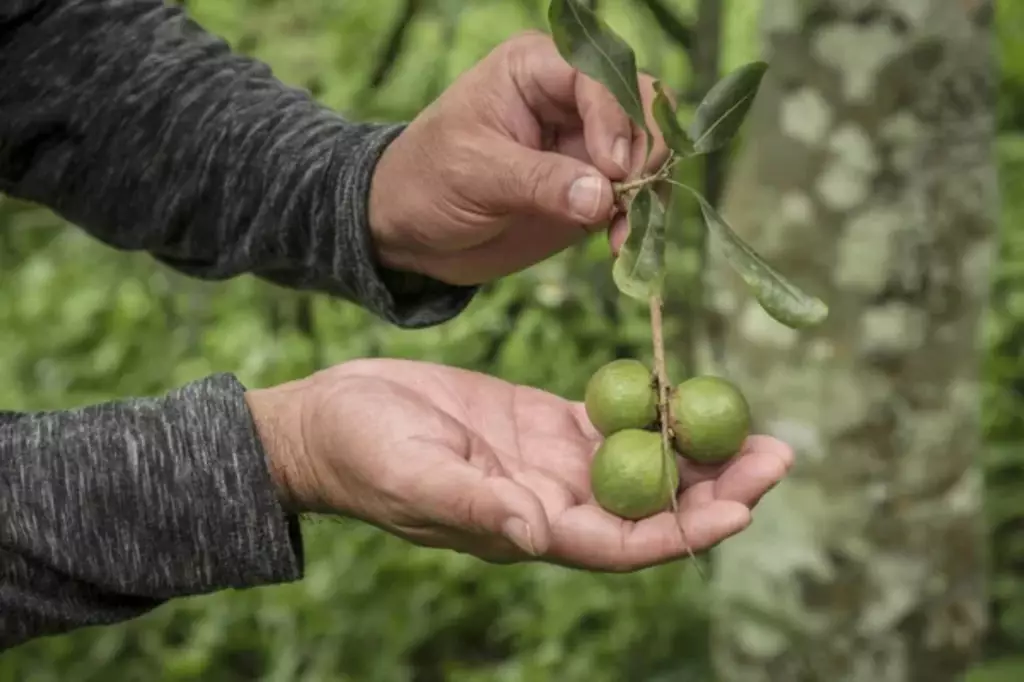
In Victoria, Australia, where macadamia trees are not native, you can mimic these soil conditions through several strategies. You can conduct a soil test to assess the current pH, nutrient levels, and composition of the soil to determine if any amendments are needed to create an optimal growing environment for macadamia trees.
If the existing soil is not well-drained or lacks sufficient organic matter, it may be necessary to amend it. Adding organic compost or well-rotted manure can improve soil structure and fertility.
You can also apply a layer of organic mulch around the base of the macadamia trees to help mimic the natural forest floor environment. Mulch helps retain soil moisture, suppresses weed growth, and adds organic matter to the soil as it breaks down.
Soil compaction should be avoided, as it can restrict root growth and water movement. In addition, excessive salinity in the soil can be detrimental to macadamia trees, so it's important to ensure that the soil is not excessively salty.
Required soil pH level for macadamia trees
Macadamia trees thrive in a slightly acidic to neutral soil pH range of 5.5 to 6.5. In Victoria (VIC), where the natural soil pH may not be within the ideal range for macadamia cultivation, you need to understand how to mimic the required pH level.
To lower the soil pH to the optimal range for macadamia trees, several methods can be employed:
1. Conduct soil testing
Before making any amendments, you may need to conduct a soil test to determine the existing pH level. This can be done through various agricultural extension services or private soil testing laboratories.
2. Add organic matter
Incorporating organic matter such as compost, well-rotted manure, or peat moss can help to lower the pH of the soil over time. These materials contain organic acids that gradually acidify the soil.
3. Amend the sulfur content of the soil
Elemental sulfur can be added to the soil to lower its pH. When sulfur is applied and mixed into the soil, it undergoes a biological oxidation process, producing sulfuric acid, which in turn lowers the pH.
4. Use acidifying fertilizers
The use of fertilizers specifically formulated for acid-loving plants, such as those designed for azaleas or rhododendrons, can help lower the soil pH over time.
5. Mulching with acidic materials
Applying mulch composed of pine needles, oak leaves, or other acidic organic materials can gradually lower the soil pH as the mulch decomposes.
Sunlight and shade requirements for macadamia trees
Macadamia trees thrive in regions with plenty of sunlight, but they also require some protection from intense heat and direct sunlight, especially during the hottest part of the day.
In general, macadamia trees prefer full sun for the majority of the day. This allows the trees to photosynthesize effectively and promote healthy growth and fruit production.
However, in regions with hot and dry summers, providing some shade during the hottest part of the day can be beneficial. This can help prevent sunburn on the leaves and reduce water stress, especially for young trees.
Shade can be provided naturally by taller trees or structures that partially block the intense midday sun. Additionally, some growers use shade cloth to create dappled shade for their macadamia trees.
This approach can help regulate the temperature and reduce the risk of heat stress, particularly during heatwaves or prolonged periods of high temperatures.
Growers in Victoria should consider factors such as altitude, prevailing winds, and the potential for frost when determining the ideal sunlight and shade conditions for their macadamia orchards.
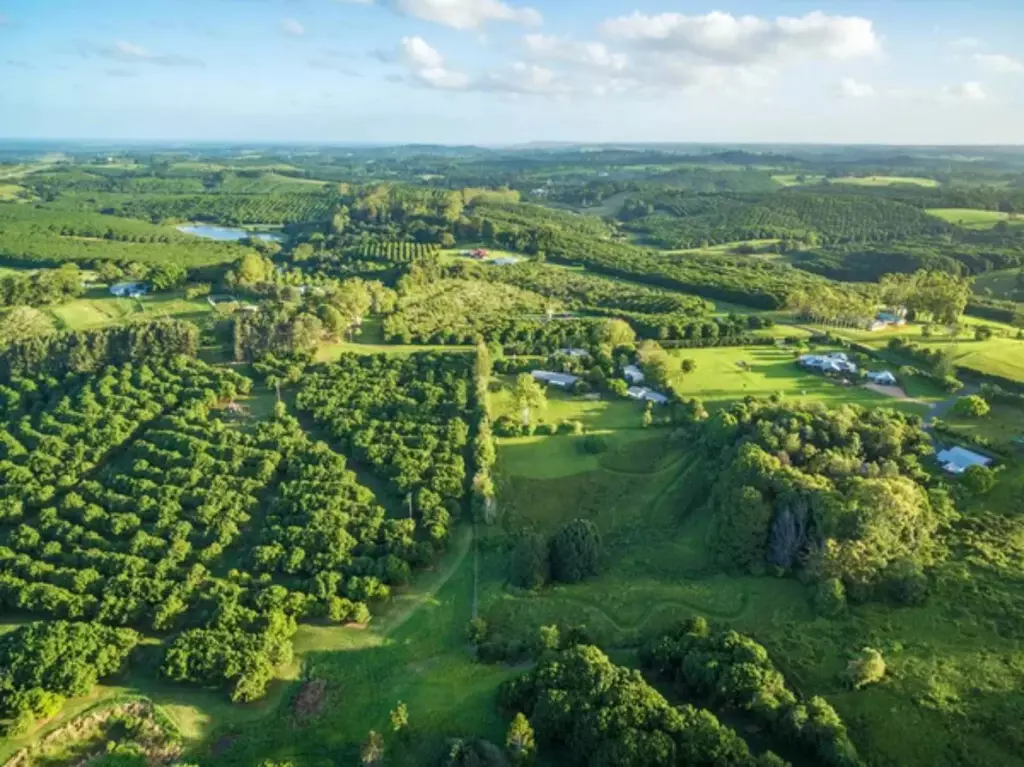
Watering and irrigation for macadamia trees
Macadamia trees require consistent and adequate moisture to thrive, especially during the critical stages of flowering, fruit set, and nut development.
The trees have moderate to high water requirements, especially during the growing season. Adequate soil moisture is essential for good nut production and quality.
In regions with inconsistent rainfall, supplementary irrigation is often necessary. Drip irrigation is a common and efficient method for watering macadamia trees. It allows for precise delivery of water to the root zone, minimizing water wastage and reducing the risk of foliar diseases.
Monitoring soil moisture also helps ensure the health of macadamia trees. Soil moisture sensors can be used to assess the moisture level in the root zone, helping to determine the timing and amount of irrigation needed.
Pruning and maintenance of macadamia trees
Macadamia trees require annual pruning, which is typically carried out during late winter or early spring. This timing is important as it allows the tree to recover and put forth new growth before the onset of the growing season.
During pruning, you need to remove dead or diseased branches, as well as any crossing or crowded branches that may impede airflow and sunlight penetration within the canopy.
Additionally, pruning helps to shape the tree, maintain its size, and encourage the development of lateral branches, which are important for fruit production.
In addition to annual pruning, macadamia trees require regular maintenance throughout the year. This includes activities such as monitoring for pests and diseases, watering, fertilizing, and weed control.
Regular inspection of the trees for signs of stress, nutrient deficiencies, or any abnormalities is crucial for early detection and prompt intervention.
Proper pruning techniques, such as making clean, angled cuts just above a bud or lateral branch, can help the tree heal efficiently and reduce the risk of disease entry. Care should be taken to avoid over-pruning, as this can stress the tree and impact its overall health and productivity.
Regular maintenance activities should include monitoring for common macadamia tree pests and diseases prevalent in the Victoria region. Your macadamia trees might fall prey to various pests, but two you should watch out for are rats and macadamia nut borer.
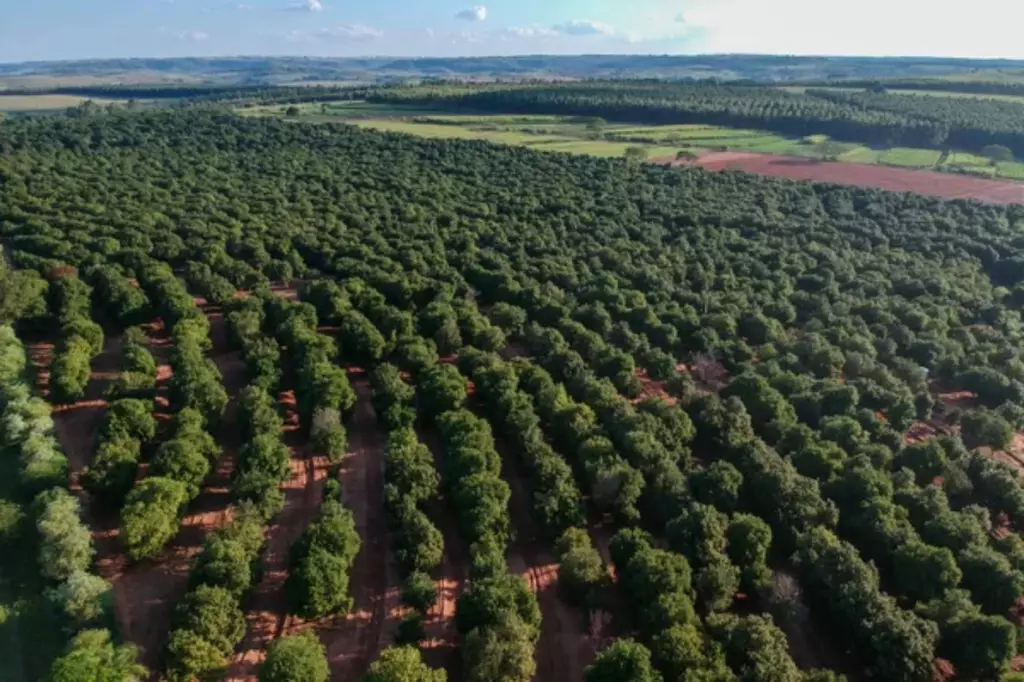
Rats are known for gnawing on young shoots and eating the nuts, while macadamia nut borers can bore into the nuts, causing significant damage.
For rats, you can use traps and bait stations strategically placed around your trees. Ensuring the area is clean and free from fallen nuts can reduce attractants.
For the nut borer, perhaps consider introducing natural predators such as certain species of bees that are beneficial. Also, applying pheromone traps can help to monitor and reduce borer populations.
